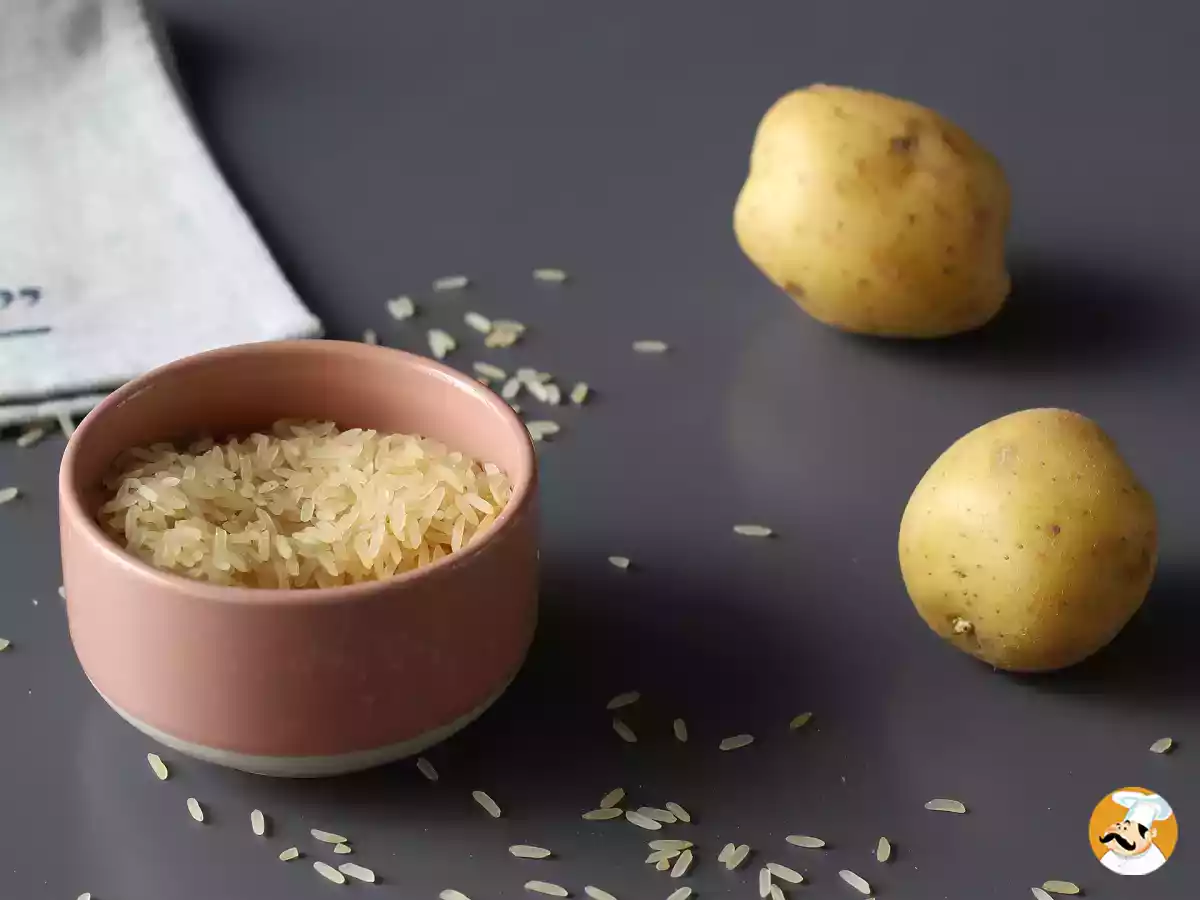Here's the ideal amount of starch per person!

The age-old question: how much starch should I allow per person? Here's a guide to help you choose the right amount of starchy foods, whether rice, pasta, quinoa or wheat, and avoid leftovers or food shortages!
Why is it important to use the right amount of starch?
Starchy foods are an important source of complex carbohydrates, essential for providing the body with energy. Proper dosage not only helps avoid food waste, but also ensures a nutritionally balanced portion. Too much starch in a meal can make it feel heavy, while too little can leave diners feeling hungry.
Rice: the ideal amount
Rice is an essential food, and cooking it can be tricky when it comes to the quantity you need to prepare.
Recommended portion: 60 to 80 grams of uncooked rice per person. After cooking, the rice generally triples in volume, giving around 180 to 240 grams of cooked rice per person.
Special cases: If rice is served as an accompaniment to a main course (such as a curry), 60 g is sufficient. For a single dish such as paella or risotto, aim for 80 g.
How much pasta to expect?
Pasta, like rice, doubles in volume when cooked. It's therefore important to use the right proportions to avoid leftovers or excessive portions.
Recommended portion: 80 to 100 grams of raw pasta per person. After cooking, this is equivalent to around 160 to 200 grams of cooked pasta.
Tip: For main courses such as pasta salad, use 100 g. If pasta is served with a meat or vegetable dish, 80 g is more than enough.
Quinoa: a superfood to be measured out carefully
Quinoa is a grain rich in protein and fiber, making it an excellent choice for a balanced meal.
Recommended portion: 50 to 70 grams of raw quinoa per person, as it almost doubles in volume after cooking. This corresponds to around 150 to 200 grams of cooked quinoa per serving.
Tip: For a quinoa salad as a main course, feel free to increase the amount to 70g. As a side dish, 50 g is sufficient.
Wheat (spelt, bulgur): the complete option
Wheat in its various forms (spelt, bulgur) is another popular option. Easy to cook and rich in fiber, it can be prepared in a similar way to other cereals.
Recommended portion: 60 to 80 grams of raw wheat per person. Once cooked, it doubles in volume, reaching around 150 to 200 g per person.
Special case: Bulgur, often used in salads, can be dosed in the same way. However, for a light salad such as tabbouleh, 50 g is sufficient.
Potatoes: don't forget them!
Although often overlooked in discussions of starchy foods, potatoes are a valuable source of energy.
Recommended portion: 200 to 250 grams of potatoes per person. This represents an average size of two potatoes, which shrink slightly after cooking.
Tip: If potatoes are served mashed or as a side dish, 150 g per person will suffice.
A few tips to help you get the right dosage:
- Use a scale to weigh raw starches. Portion sizes are often underestimated or overestimated by the naked eye.
- Adapt the quantity to the dish: for a starchy main course, opt for the maximum portion. For side dishes, cut back a little.
- Plan for a little more if you have big eaters around the table, but don't go overboard to avoid wastage.
Read also:
 Adèle Peyches
Adèle Peyches
Comments